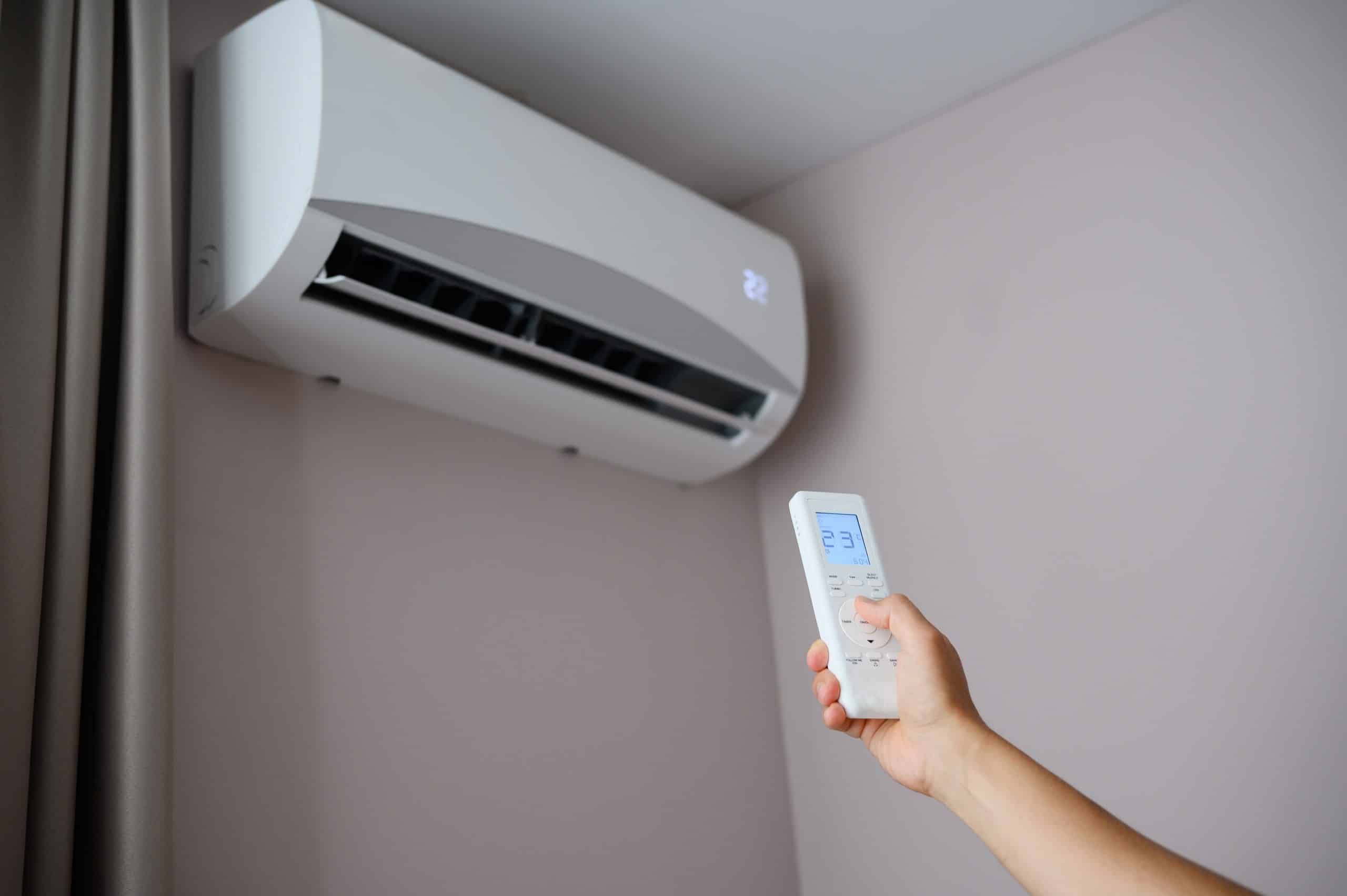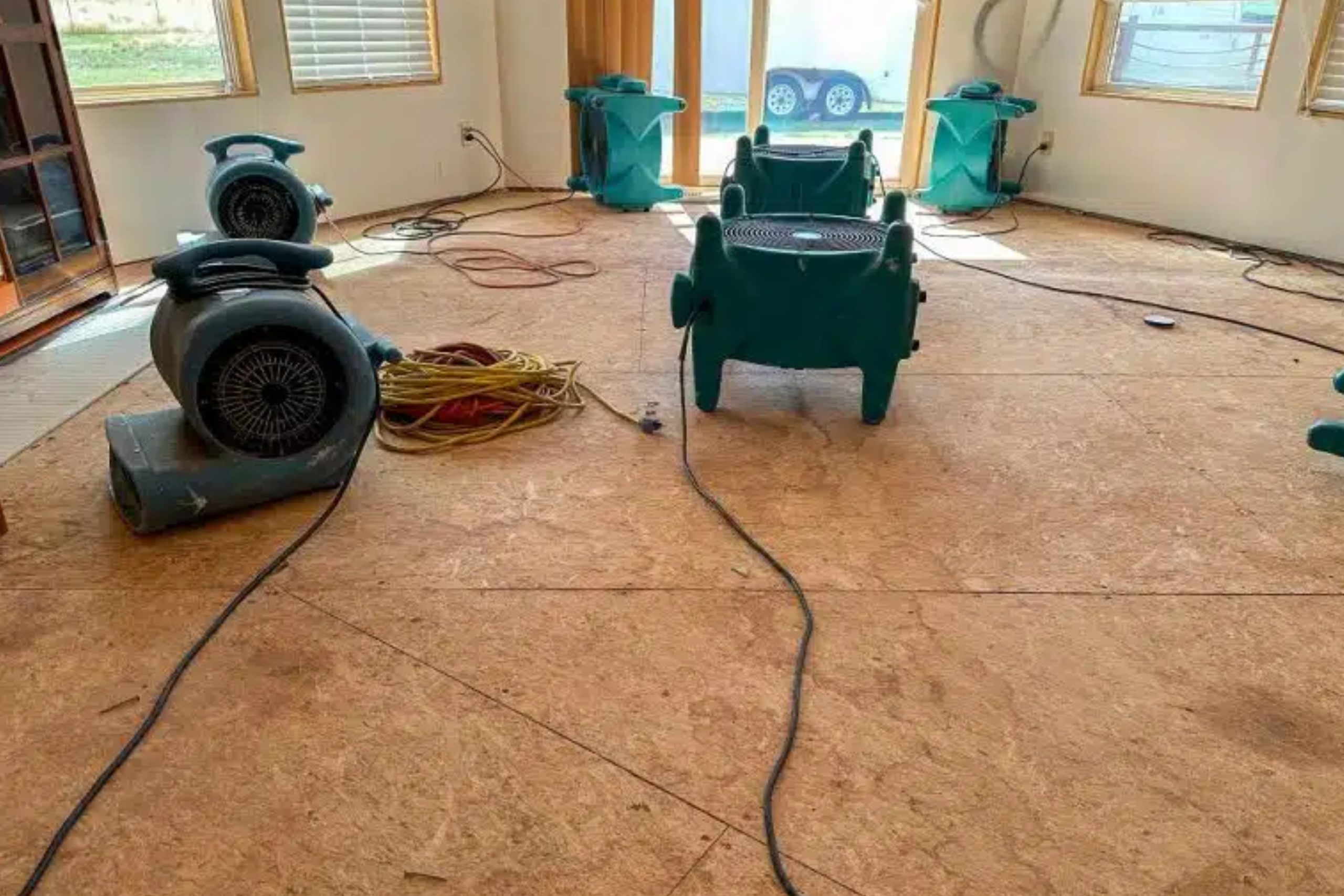Fact: Properly restored floors and furniture recover up to 90% of their original beauty and…

Control Humidity to Dry Your Home Safely
Fact: Keeping indoor humidity between 30–50% stops mold and speeds up drying after water intrusion.
After a leak or flood, excess moisture in the air slows drying and fuels mold. Controlling humidity lets your home dry safely—no cracking walls or warped floors—and avoids follow-up repair calls. Here’s how any homeowner can manage moisture without technical confusion.
-
Measure Your Humidity
Pick up an inexpensive hygrometer—often under $20—to check humidity levels. Place it in a central room. If it reads over 60%, you’ve got moisture that needs attention.
-
Use Fans and Open Windows
Where weather allows, open windows to create airflow. Position box fans near windows pointing out to exhaust humid air. At the same time, place fans inside to draw fresh, drier air in and push moist air out. Simple cross-ventilation cuts humidity quickly.
-
Run a Dehumidifier
A portable dehumidifier works wonders—just plug it in, empty the bucket when full, and let it run until your hygrometer reads 40–50%. Modern units even pump water into a drain if you’re near a sink or laundry tray, so you never have to carry heavy buckets.
-
Direct Airflow Along Surfaces
Point fans parallel to walls and floors, not directly at them. This gentle airflow pulls moisture out of porous materials—drywall, plaster, and wood—without causing them to crack from too-rapid drying. If you’ve ever seen paint crack after a blast of hot air, you know why gentle is best.
-
Seal Off Damp Zones
Close doors to rooms you’re drying to focus fan and dehumidifier power there. This makes each machine more effective and avoids spreading humidity to already-dry areas. If you have a wet carpet in one room, seal that door and isolate the drying zone.
-
Monitor Progress Daily
Check humidity levels every morning and evening. If readings stall or rise again, add another fan or move your dehumidifier to a different spot. Consistent monitoring keeps you on top of hidden moisture pockets that can lead to structural restoration if they linger.
-
Address High-Humidity Sources
Identify and fix any ongoing moisture sources: a leaking hvac discharge line repair issue, a slow appliance leak cleanup under your washing machine, or even steam from long showers without ventilation. Repairing these cuts off new moisture so your drying efforts aren’t wasted.
-
Keep HVAC Systems Running
Your heating and cooling unit helps regulate humidity. Change filters regularly and clear the condensate line so the system can pull moisture from the air. If your AC’s drip line backs up, it can actually add moisture—so schedule an annual check to avoid hidden water damage cleanup.
-
Use Moisture-Resistant Materials
As you repair any soaked areas, install mold-resistant drywall or paint in damp-prone rooms like basements or bathrooms. These materials absorb less moisture and dry faster—reducing future water damage restoration needs if minor leaks happen again.
-
Plan Seasonal Maintenance
Summer heat and humidity can spike indoor moisture, just like winter ice dams can melt and drip into attics. Make humidity checks part of your seasonal routine—spring to prep for rains, and fall to clear vents before winter storms. This ongoing care prevents emergency flood damage cleanup calls down the road.
By measuring humidity, using fans and dehumidifiers, sealing off damp spaces, and fixing ongoing leaks, you dry your home safely and effectively. No need for fancy tools or technical know-how—just simple steps that keep your walls, floors, and air fresh after any water event.



